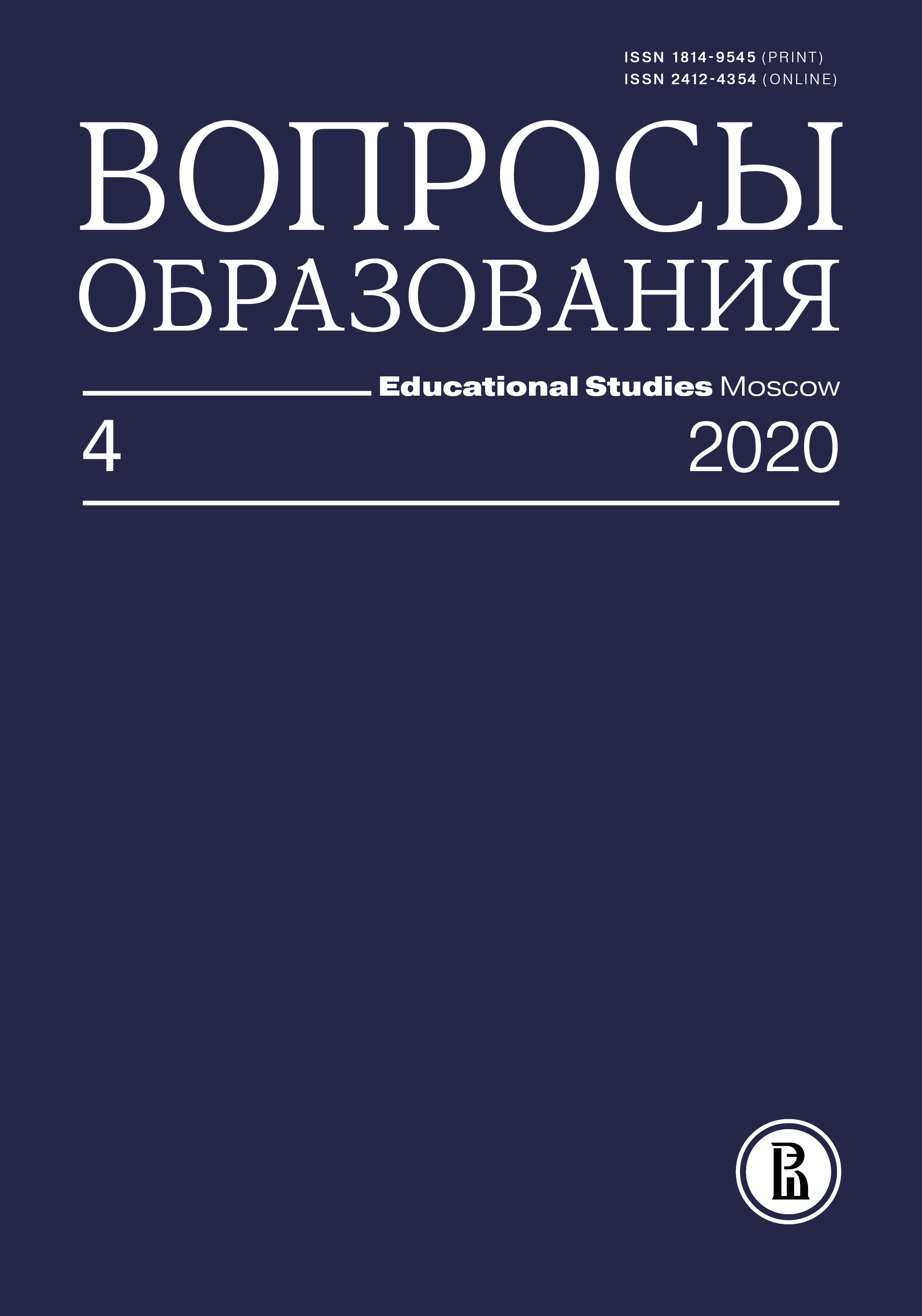Психофизиологические подходы к проектированию образовательного контента в иммерсивной среде
Аннотация
В рамках выполнения федерального проекта «Цифровая образовательная среда» в Российской Федерации при реализации основных образовательных программ планируется использовать современные технологии, в том числе технологии виртуальной и дополнительной реальности. Внедрение иммерсивных технологий в образовательную систему должно быть основано на результатах исследований влияния виртуальной среды на эффективность обучения. Специфика исследуемой технологии состоит в наличии эффекта присутствия, возможности интерактивного и социального взаимодействия, а также мультисенсорности, которые в совокупности оказывают достаточно противоречивое влияние на опыт и результаты обучения. Ввиду ограниченности имеющихся данных решения относительно проектирования учебного контента часто принимаются на основе практических или экономических соображений.
Таким образом, назрела острая необходимость в объективных методах оценки образовательного контента для понимания его влияния на когнитивные процессы и эмоциональное состояние обучающегося. В процессе разработки и внедрения виртуального образовательного контента предлагается его оценка по следующим параметрам: уровень «присутствия» и когнитивной нагрузки, эмоциональное восприятие контента, социальное взаимодействие и оценка возможности появления симптомов киберболезни.
Проведенный анализ литературы, а также структуризация методологического инструментария позволит сориентировать дальнейшие научные работы в использовании психофизиологических методов исследования в проектировании эффективного образовательного контента в средах виртуальной реальности.








